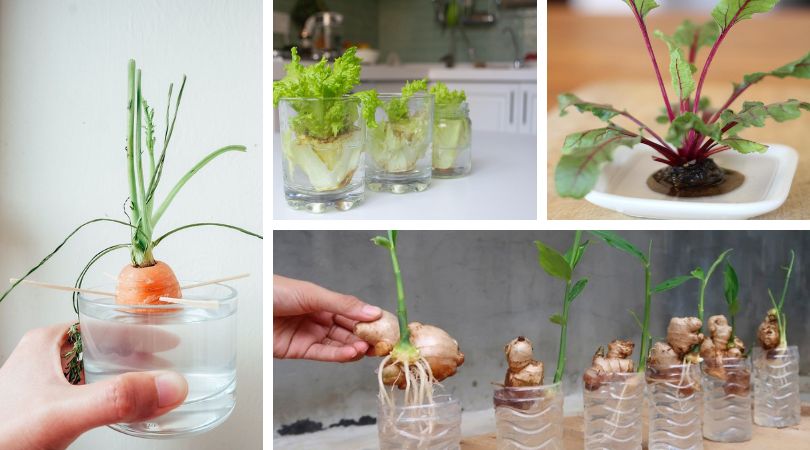Do you have a couple of “go-to” herbs? Why not grow them in a water container and keep them handy on the kitchen counter or window sill?
Herbs cultivated in water have the same robust flavor as those grown in soil. You don’t have to deal with soil, watering, or changing seasons.
Plants that require water to survive do best when watered with filtered water, rainfall, well water, spring water, or rainwater collected from a roof or other rain source.
Choose a glass container, plastic bottle, or mason jar to house your kitchen’s water-loving plants. For optimal results, use amber-colored bottles. A narrow-mouthed container will better support the young cuttings and keep them standing.
With that said, here’s a list of Kitchen Plants that Grow in Water that you can grow in a small space like a windowsill.
Garlic
Botanical Name: Allium sativum
In a glass of water, put a sprouting garlic clove. Level the water so it covers the clove. Keep it in direct sunlight, and you’ll soon see the shoots.

Lettuce
Botanical Name: Lactuca sativa
You should keep the lettuce in a small bowl of water in direct sunlight. You will get fresh leaves in no time.

Celery
Botanical Name: Apium graveolens
Grow celery in water by putting the base of the stalks in the water. Cut off around two inches and place it in water. The celery in your kitchen garden will soon be ready for harvest.
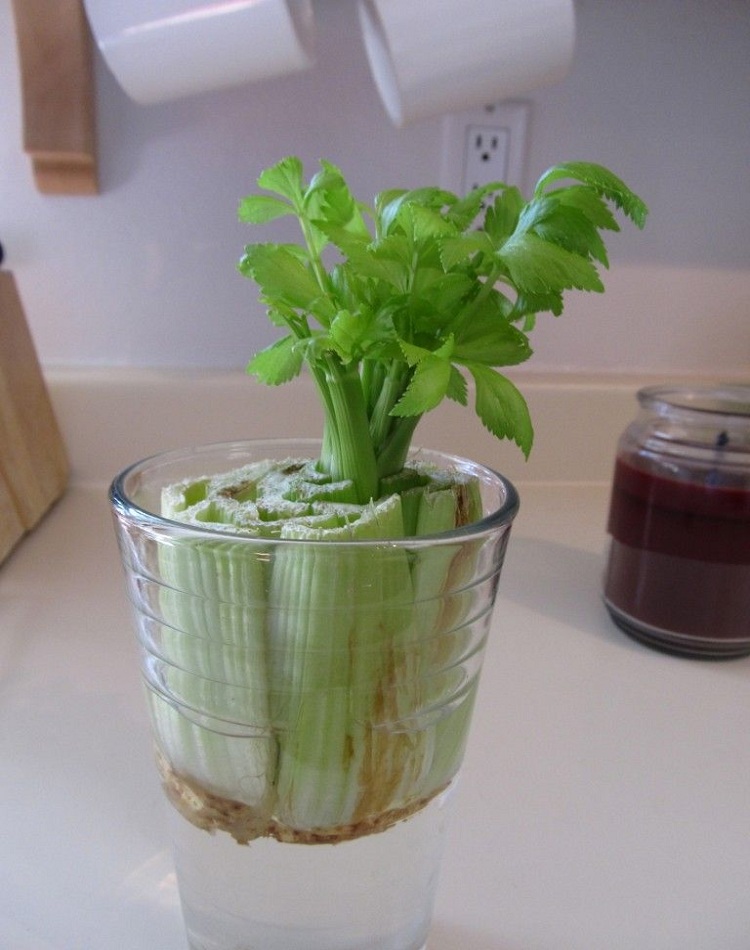
Sweet Potatoes
Botanical Name: Ipomoea batatas
If you have some time and water, you can learn to cultivate sweet potatoes in your own kitchen. You will have to suspend a potato sliced in half using toothpicks above water.
Ensure that half is submerged in water and keep it in a light space.

Leeks
Botanical Name: Allium porrum
Leeks, which are related to onions, are another kitchen plant that grows in water. Place the bottom with the roots in a small jar filled with water and keep it in a sunny area.
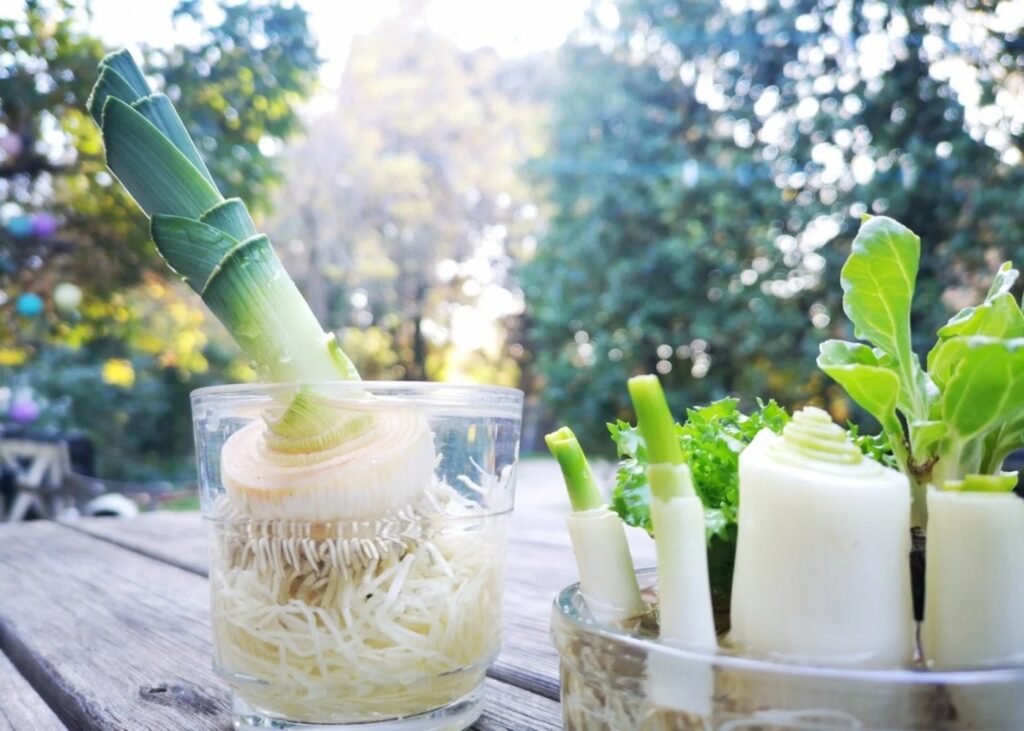
Carrot Greens
Botanical Name: Daucus
To keep the carrot tips from immersing in water, place them in a shallow water dish with toothpicks, as indicated in the picture. Make sure it gets a lot of sunlight.
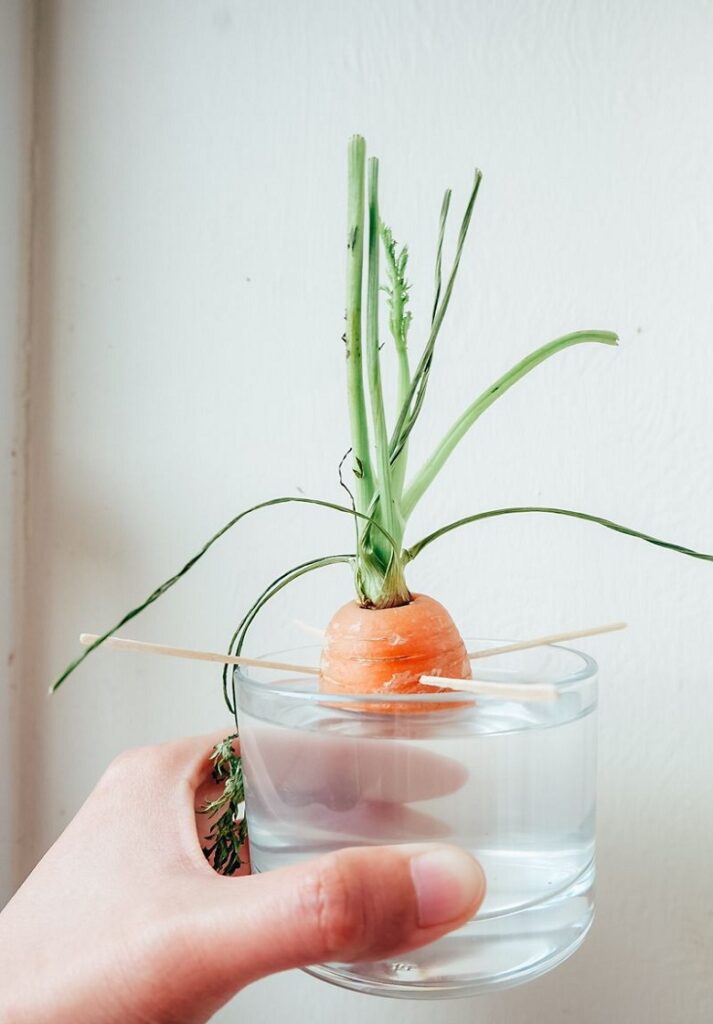
Ginger
Botanical Name: Zingiber officinale
It’s not hard to cultivate ginger in water. If you want to grow your own ginger, you’ll need to start the roots in compost and then transfer the ginger to water after you see new shoots and leaves emerging.

Beet Greens
Botanical Name: Beta vulgaris
Beet greens can be grown in water in the kitchen in much the same way that carrot greens can. Remove the top third of the beet and submerge it in water, cut side down.
You should expect to see new greens emerge after a week if you maintain a regular water change schedule. The addition of these greens will greatly improve the flavor and nutritional value of your salads and soups.
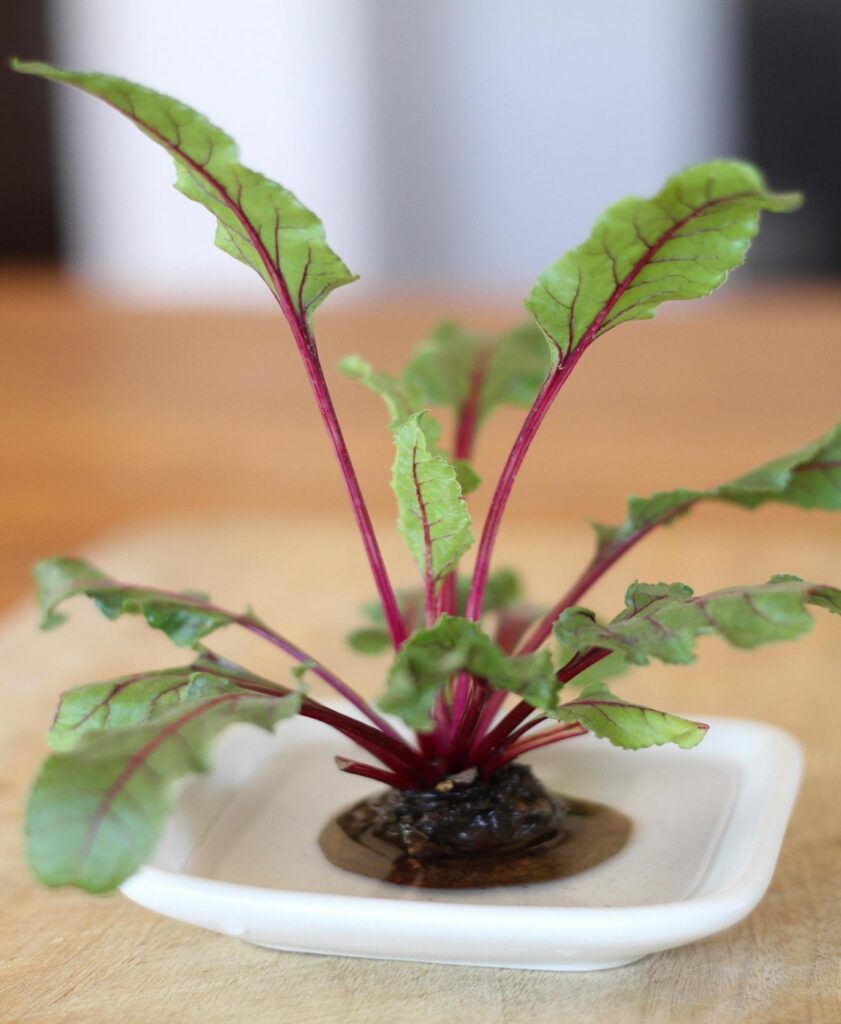
Basil
Botanical Name: Ocimum basilicum
This culinary staple is a must-have plant. Put some basil cuttings in a clear glass jar with some non-chlorinated water, and you’ll have a new plant in no time. In a matter of weeks, new roots will begin to show.

Green Onions
Botanical Name: Allium fistulosum
A green onion garden in the kitchen is a gratifying and simple project. You’ll need a glass jar, some green onion bulbs, and a sunny windowsill.
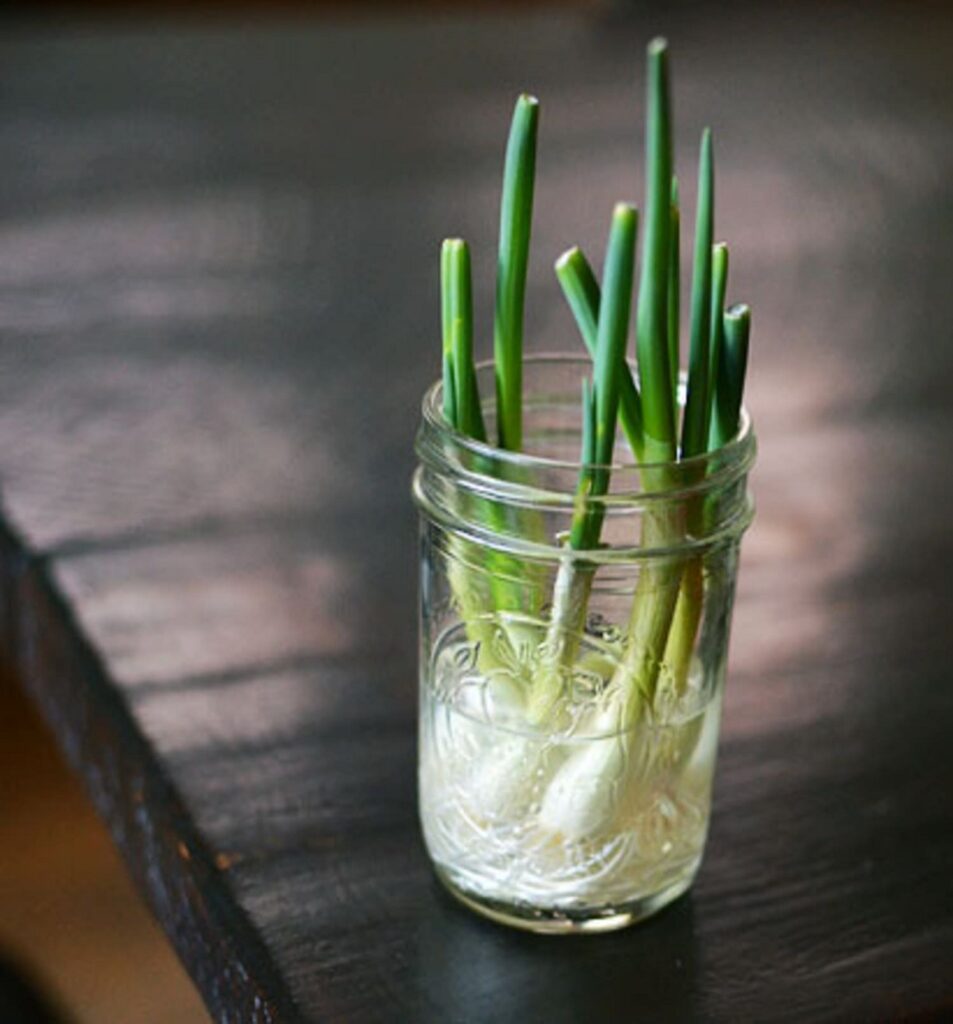
Peppermint
Botanical Name: Mentha × Piperita
When it comes to medicinal and culinary uses, peppermint is among the top water-growing plants. This plant grows like a weed and is very simple to cultivate. New plants can be grown in just 10-12 days from cuttings that are 5-6 inches long and placed in water.

Rosemary
Botanical Name: Salvia rosmarinus
Rooting rosemary in water might take anywhere from two to six weeks. Cuttings should be at least 6 inches in length, and the bottom half should be submerged in water. Make sure the jar is placed in direct sunlight and that you change the water daily (or at least every few days).

Spearmint
Botanical Name: Mentha spicata
Another type of mint is closely related to peppermint and grows quickly in water. Submerge the cuttings in water and place them in a spot with 3–4 hours of sunlight per day.
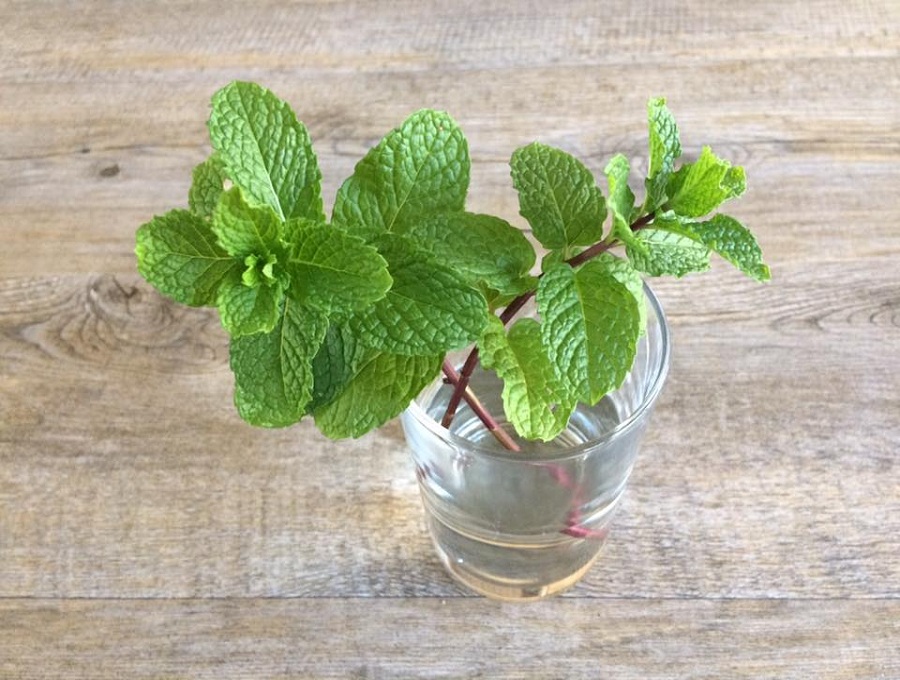
Thyme
Botanical Name: Thymus vulgaris
Thyme has a unique flavor that makes it a great addition to teas. Take new cuttings and place them in water. In a matter of weeks, it will sprout new growth.
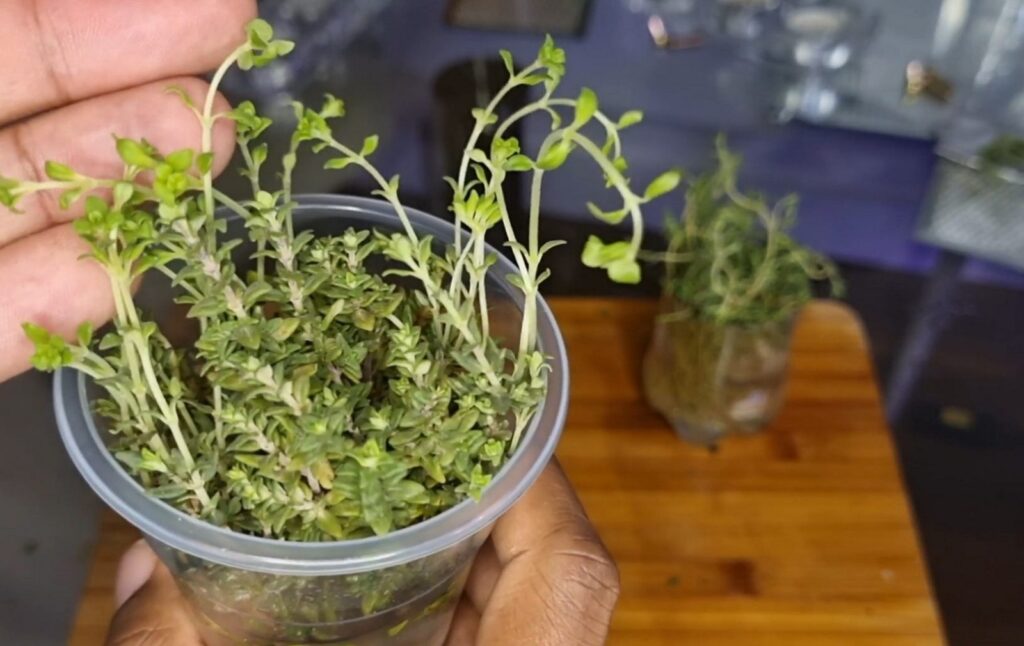
Sage
Botanical Name: Salvia Officinalis
Put the cuttings in a container of water. Because powdery mildew is a risk, keep the jar/glass in a warm, well-ventilated location.
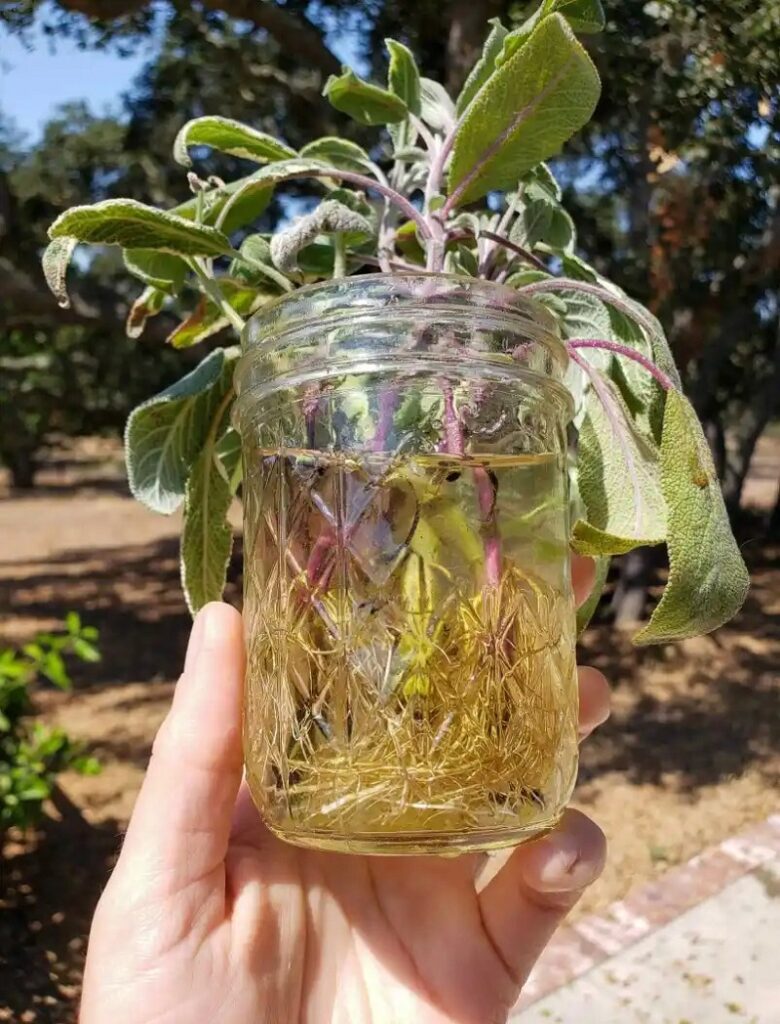
Oregano
Botanical Name: Origanum vulgare
To season your meals with a pleasant aroma and flavor, oregano is a worthwhile herb to cultivate in your own kitchen. Take new cuttings and place them in water. If you want your plant to thrive, pinch off its growing tips.

Marjoram
Botanical Name: Origanum majorana
Marjoram is a wonderful herb that might be uncomplicated to cultivate in your home in water. The newly cut stems and branches need to be placed in water, with the bottom of the container exposed. Place the jar where it will receive direct sunlight and replace the water every day.
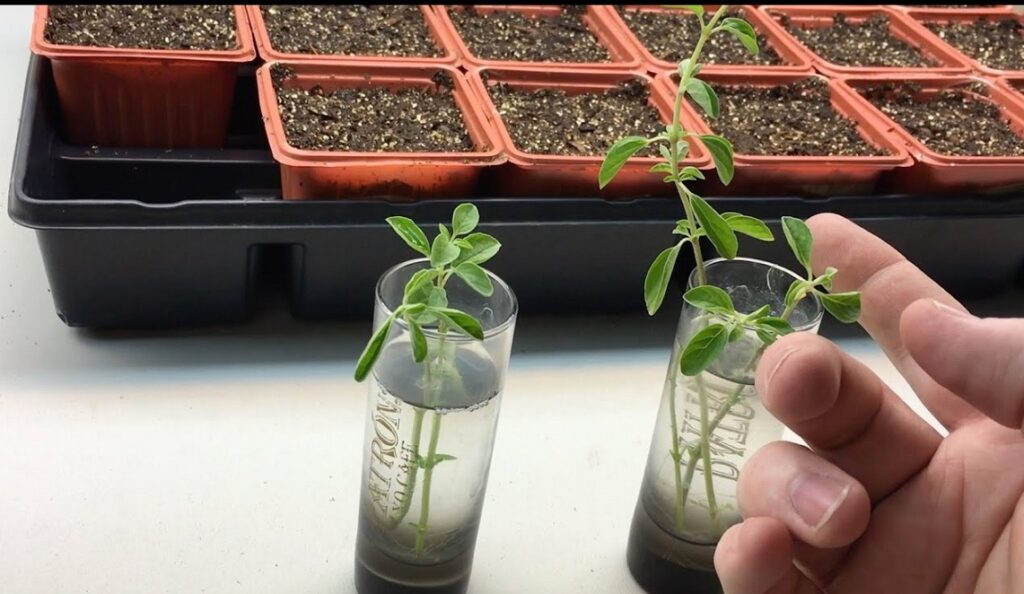
Chives
Botanical Name: Allium schoenoprasum
Chives have a mild flavor similar to a green onion with a slight garlic flavor. To use in the dishes, trim these greens. Just drop the rooted garlic clove into water and you’ll have instant access to a healthy crop of greens.

Stevia
Botanical Name: Stevia rebaudiana
This edible herb is great for the kitchen, where it may be used to flavor fresh juices, teas, and other drinks. You may quickly propagate this herb by placing a few cuttings in water. Leave it in a spot where it will get at least four to six hours of sunlight every day.
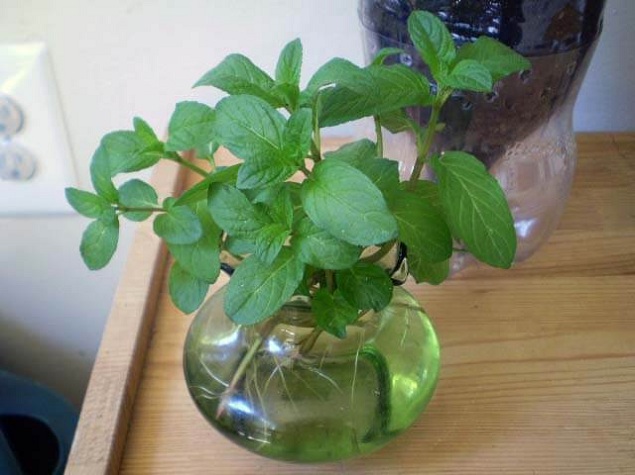
Tarragon
Botanical Name: Artemisia dracunculus
Tarragon is an aromatic plant that may be grown easily in water in the kitchen. Get cuttings in the fall or spring for fresh growth. The cuttings can be grown quickly in water on a windowsill.
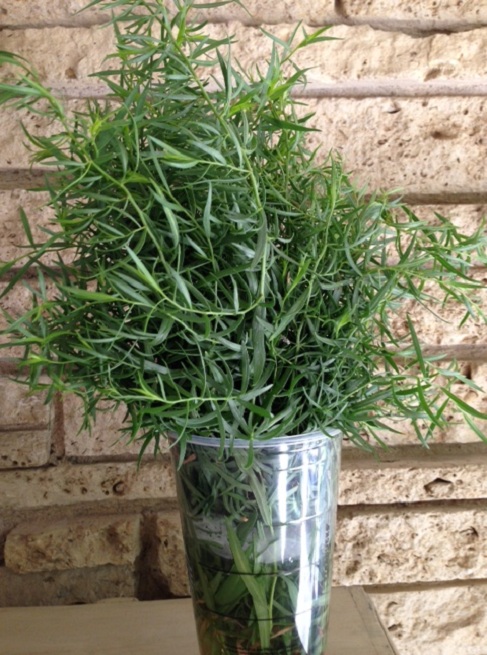
Parsnips
Botanical Name: Pastinaca sativa
Parsnips, like carrots, can be grown in water. Because carrot greens and carrots are closely related, follow the exact guidelines for growing them. You’ll need to put the cuttings in soil if you want to eat tasty tubers.
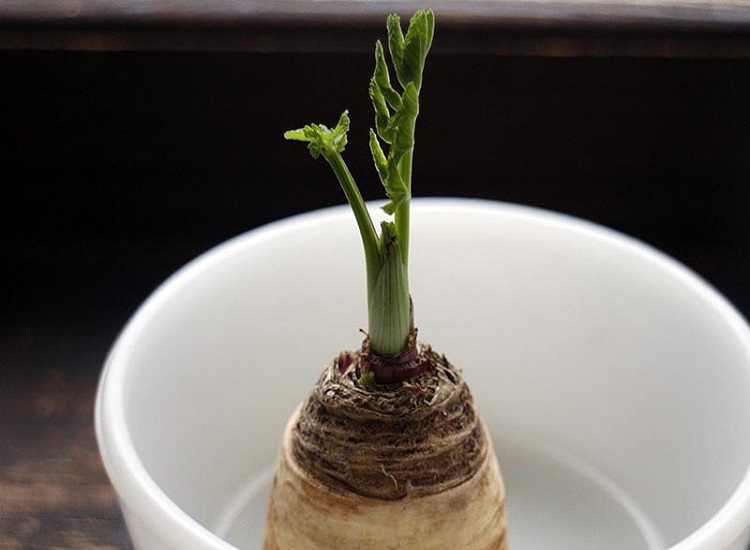
Lemongrass
Botanical Name: Cymbopogon
Growing lemongrass in water is usually quite easy. Simply gather some stalks, fill a wide, shallow basin with clean water, and set it in direct sunlight.

Lemon Balm
Botanical Name: Melissa officinalis
Take cuttings in the fall or spring and put them in a pot of water to grow it indoors. Ensure that it is kept in a spot that receives plenty of indirect sunlight. In three to four weeks, you should start seeing new roots, and you should change the water every day.
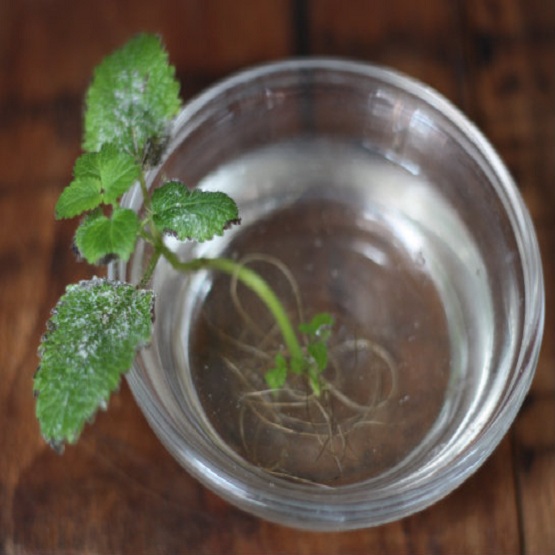
Lavender
Botanical Name: Lavandula angustifolia
Take a plant cutting and place the bottom section in a clear water-filled jar. For the best growth, make sure it gets a lot of sunlight.


